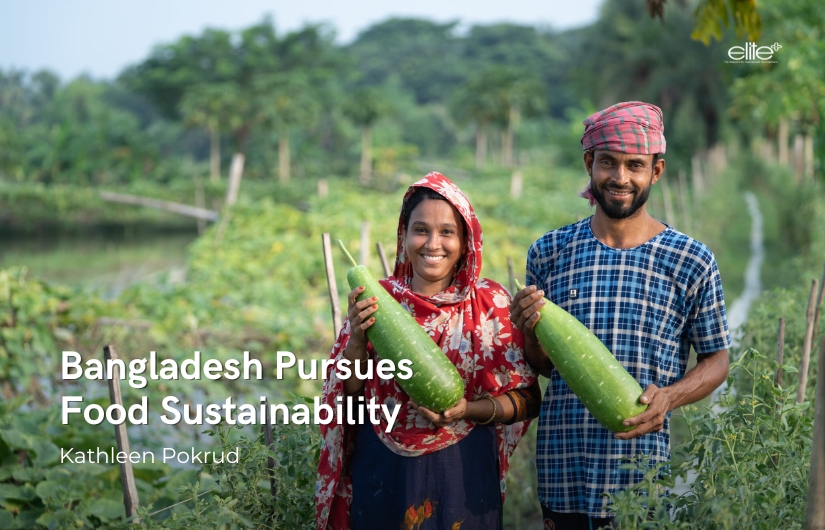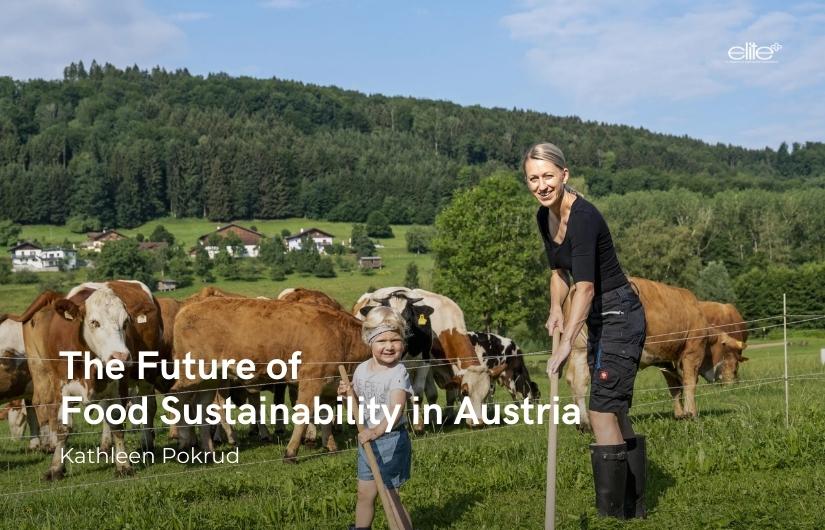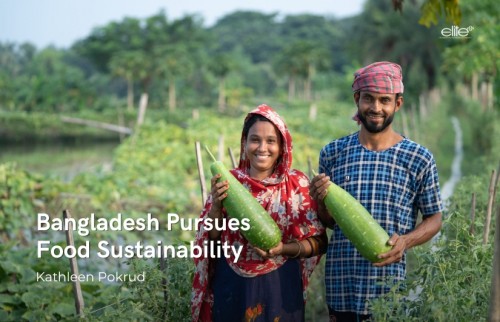Saudi Arabian Cuisine Embracing The Geographical And Cultural Diversity Of The Kingdom
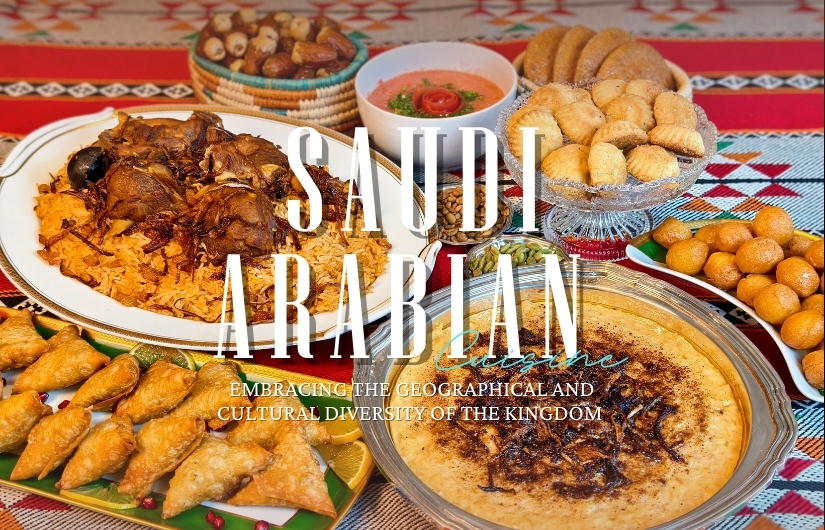
By Kathleen Pokrud
Photos by Jenny Chan and Teresa Biesty

Foreword
Saudi Arabian cuisine is influenced by the geography and traditions of the Arabian Peninsula. It focuses on simple and hearty flavors with strong emphasis on high-quality ingredients, reflecting on the region’s rich cultural heritage.
As Saudi Arabia is hosting World Expo 2030 in Riyadh, there are more interests in Saudi cuisine as more visitors flock to the Kingdom.
I would like to extend my appreciation to Kathleen to write about Saudi food. I do hope that you enjoy reading the article, and enjoy some of our culinary delights.
Ambassador Abdulrahman Alsuhaibani
The Royal Embassy of Saudi Arabia
The Kingdom of Saudi Arabia is one of the largest countries in the Middle East region. With the opening of the Kingdom and the upcoming World Expo 2030 in Riyadh, more interest is being raised in Saudi Arabian cuisine. Saudi dishes were recently presented at official occasions such as Davos Economic Forum, the Indaba conference and the cultural dinner held on the side-lines of a visit by His Highness Crown Prince Mohammed bin Salman to the United States of America. I sat down with Madame Afaf Hamad Al Shayea, Spouse of Ambassador Abdulrahman Alsuhaibani from The Royal Embassy of Saudi Arabia to learn about the rich history and diversity of their culinary heritage.
Madame Afaf began by saying, “The history of our cuisine is a mark of the geographical and cultural diversity that characterizes the Kingdom of Saudi Arabia. Although the food is mainly based on grains, local meat, vegetables and fruits, they may vary in their preparation according to their abundance in each region, which are geographically expansive and diverse in terms of local resources. Trade exchange with other countries across land and sea have also contributed to providing Saudi cuisine with new nutritional ingredients. The various border regions of the Kingdom have also been affected by the food culture of their neighboring countries.”
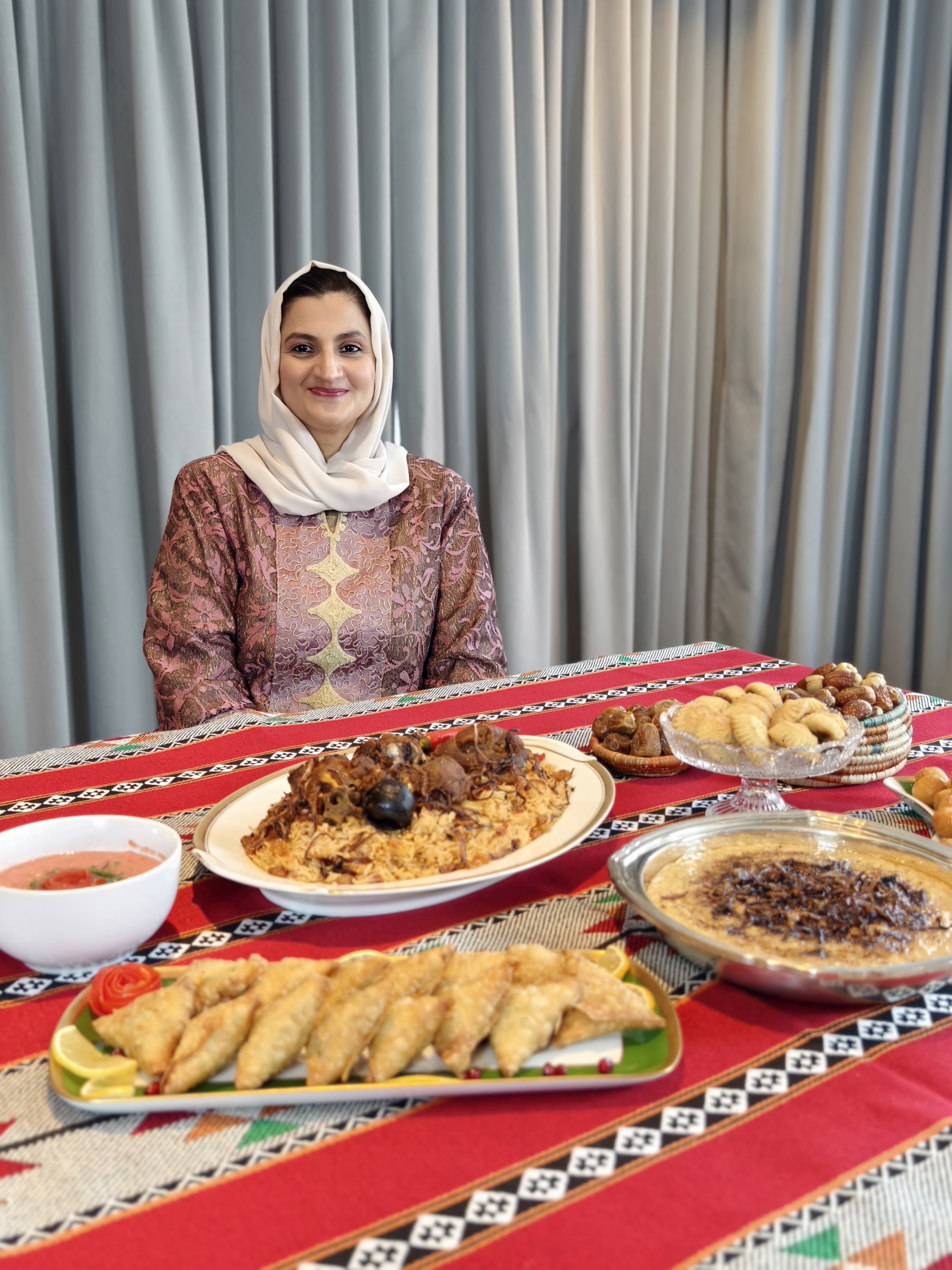
Madame Afaf went on to say that the country’s culinary arts have been developing since the late 2000s. “The major transformation in this hospitality sector was its recognition as one of the Kingdom’s important cultural identities, which led to the establishment of the Culinary Arts Authority. In fact, it launched the ‘National Culinary Festival’ initiative in March 2019 to promote Saudi cuisine on an annual basis. The subsequent year saw the first ‘Our Kitchen Legacy’ initiative to document Saudi culinary recipes through digital or printed products.”
Moving on to the subject of food culture in Saudi Arabia, Madame Afaf candidly admitted, “It begins with the taste, and a meal is not complete with satiety, but rather with those arts of presentation that Saudi women have never overlooked in their kitchens. Lunch is the most important family meal, as all family members gather at the table.
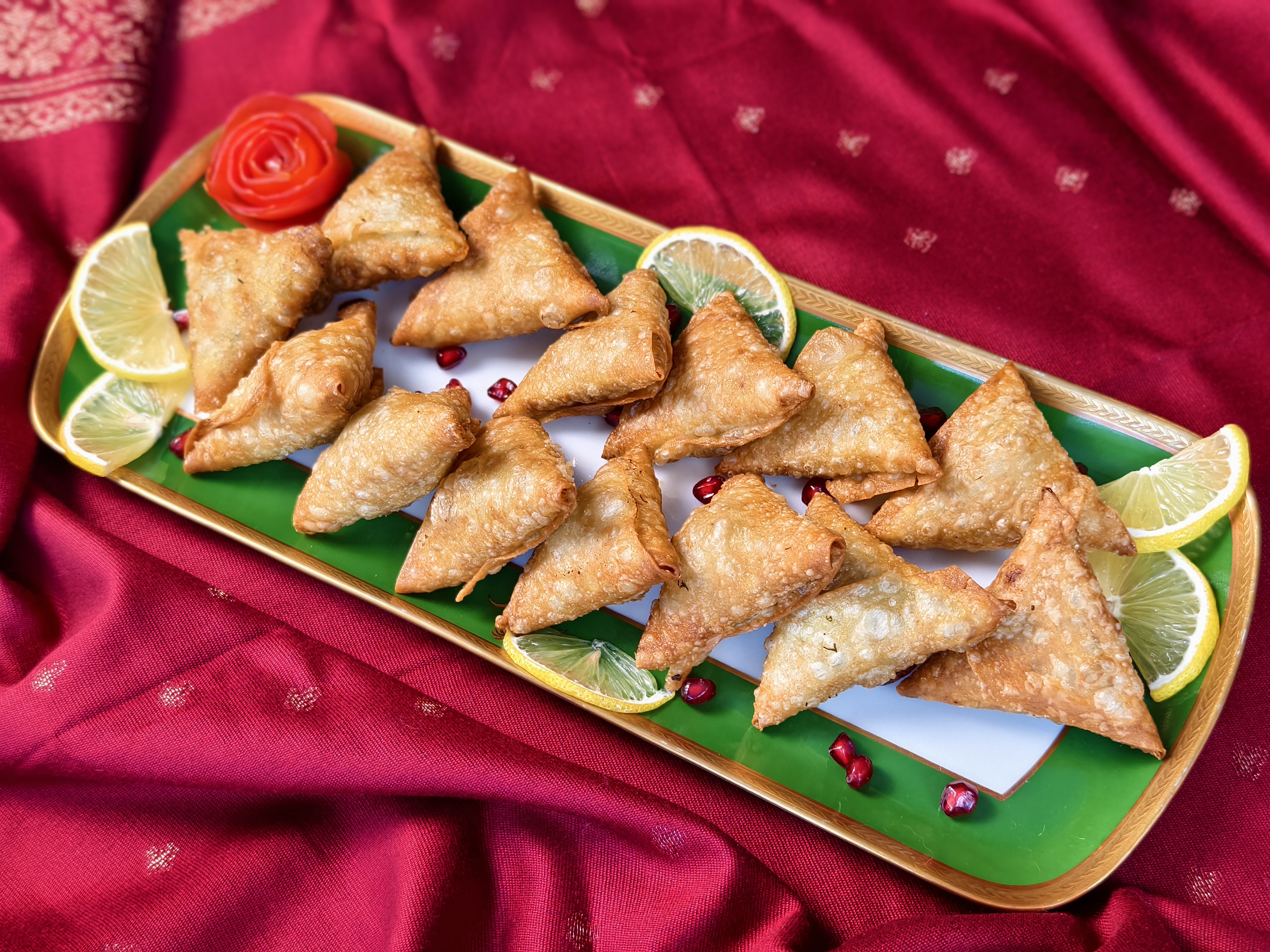
“Saudi food is unique due to the richness of the dishes, which are not only classified according to regions, but also by seasons. Winter dishes have their glow and warmth, while summer dishes offer coolness on the body and have a wonderful taste.”
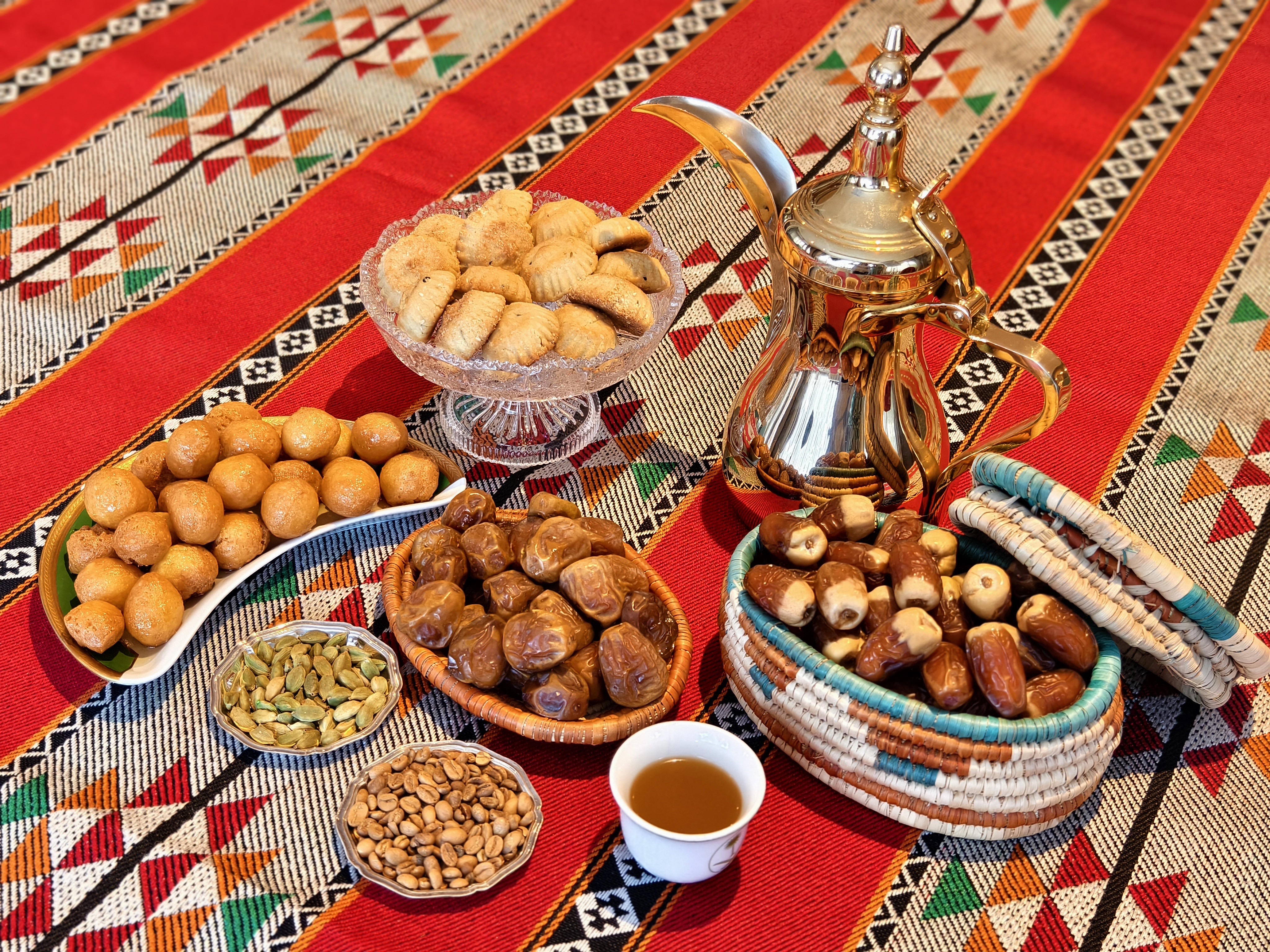
Cooking in Saudi Arabia has been influenced by Islamic culture. Although there is a great diversity of cuisines and cultures within the Kingdom of Saudi Arabia, each dish has its own delicious, authentic taste, prepared with a group of main ingredients. Madame Afaf highlighted, “Firstly, Saudi cuisine practices excessive use of dates and Saudi Arabian coffee. Secondly, wheat and honey are used in a large number of popular Saudi dishes. In addition, local ghee is used to enhance the distinctive flavour to different foods. A very large number of popular Saudi dishes rely heavily on meat. Rice is a popular staple in the preparation of many Saudi dishes. During the cooking process, spices and seasonings are complemented with the usage of clay and stone utensils.”
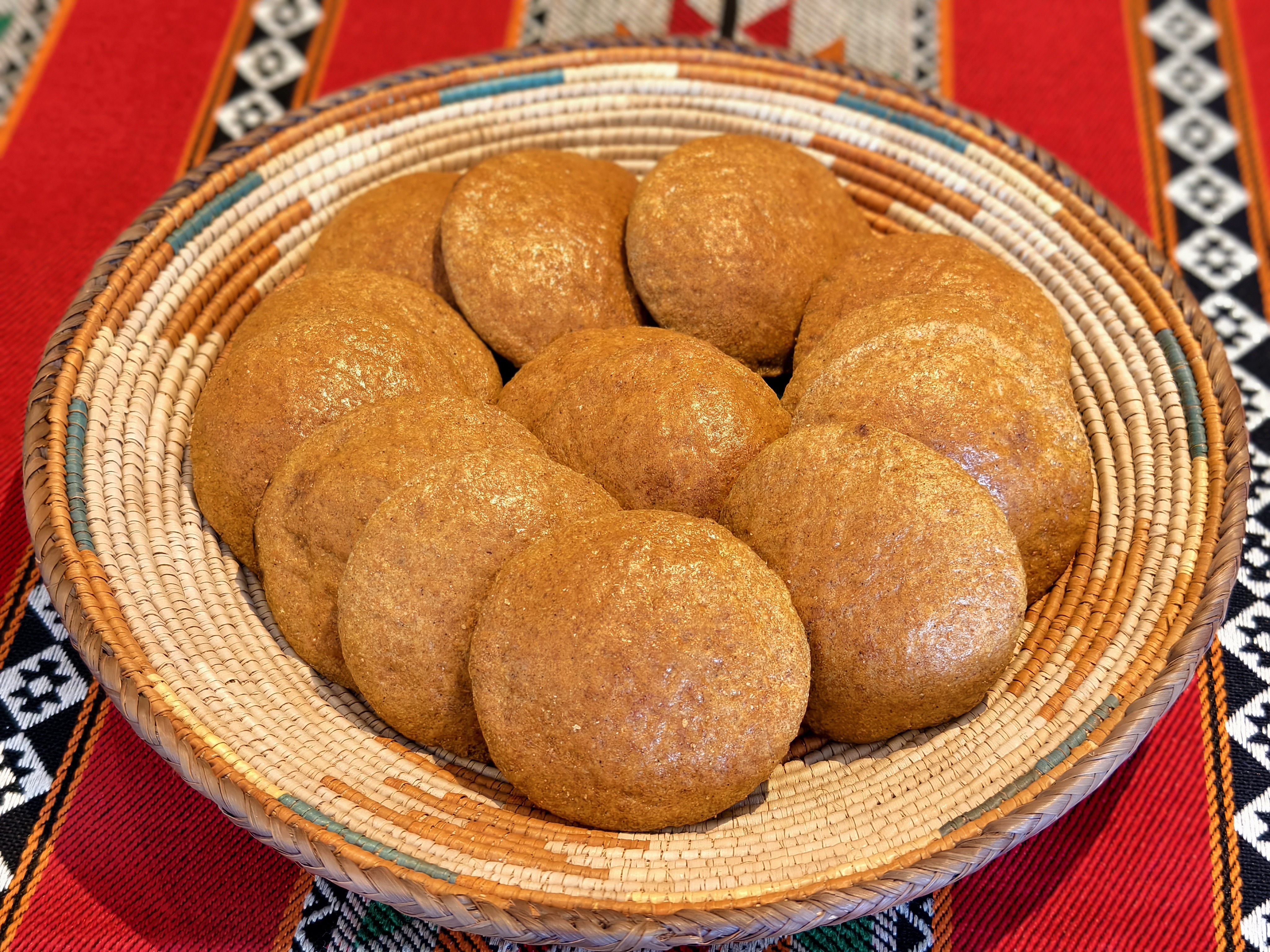
Among the different region’s cuisines are Najdi of the central region, Al-Ahsa in the eastern region, the southern region's cuisine and Hijaz cuisine fond in the western region. Madame Afaf elaborated, “The southern region includes Asir, Jazan, Najran, and Al-Baha, where their cuisine is distinguished by delicious traditional food. Their famous dish is Tharid, characterized by the flavour of spices cooked with meat and vegetables.
The main dishes of the central region, which includes Riyadh, Al-Qassim and the Hail region, are marqooq, matazeez, jareesh and qorsan. The main ingredient of these three dishes is the wheat used in their preparation while they differ in added items such as meat and vegetables.
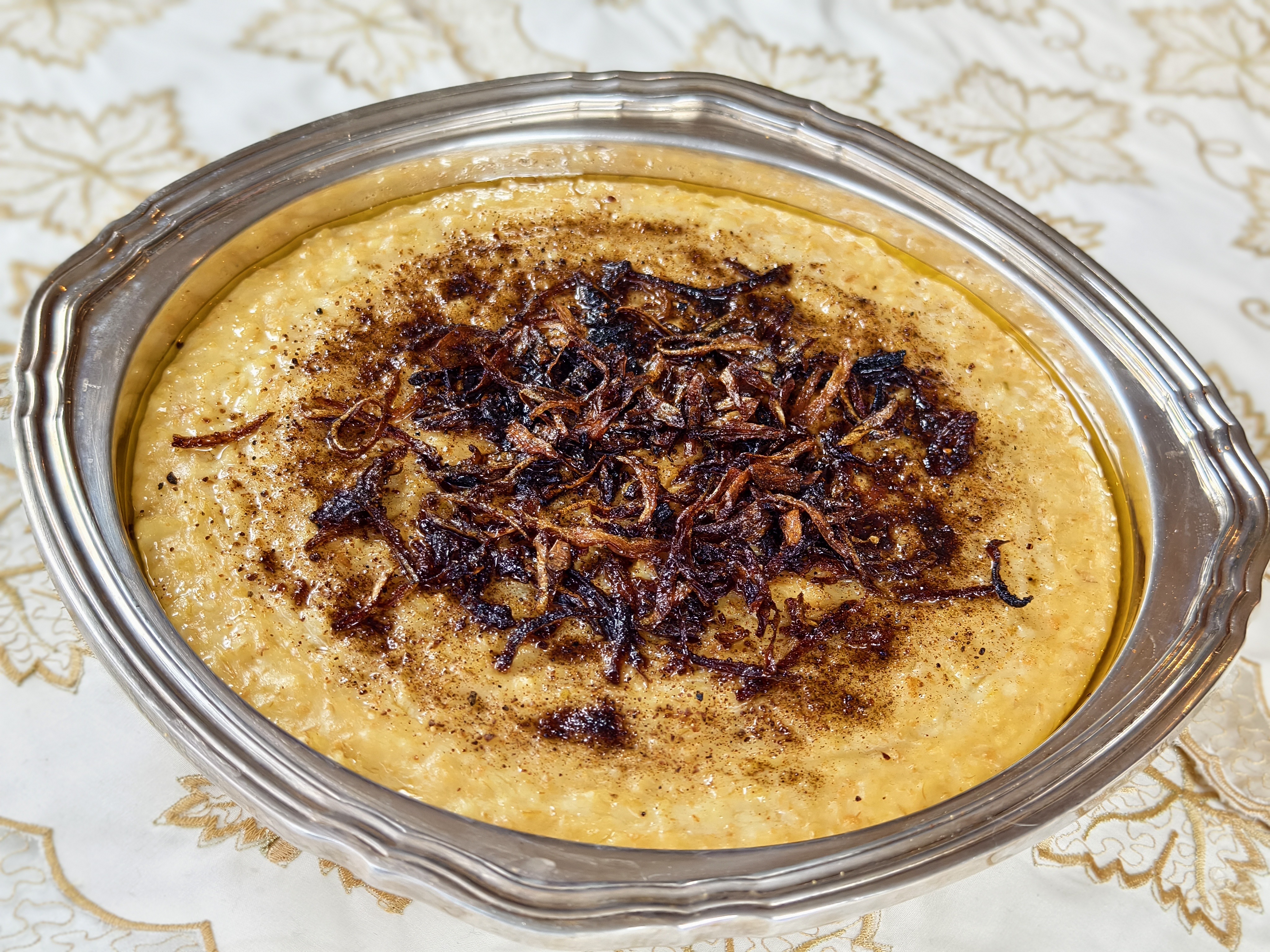
The eastern region is famous for fishing, and thus these provinces and cities share with many Gulf countries their dishes, especially seafood that contain freshly caught fish and shrimp; the Sayadiyah dish is one of the most famous.”
As our interview drew to a close, Madame Afaf proudly reiterated, “The Kingdom of Saudi Arabia has a history full of traditions which extend into various aspects of Saudi social life, which families have long been keen to pass on their recipes from generation to generation so that can remain alive in their hearts. These cultural aspects are represented in our food. Despite the acceleration of modern life, Saudi cuisine has retained its main ingredients and popular dishes although some change has occurred. New ingredients are experimented when original and traditional ingredients are difficult to obtain.”
The development of cooking globally has been important in the lives of people and their culture throughout the ages. Cooking is a story whose chapters began hundreds and thousands of years ago; amazingly accelerated in the modern era. Saudi Arabia has a cultural heritage in this field due to their historical heritage and the diversity of its marine and land products, and today it seeks to introduce and develop the diversity of Saudi cuisine through local and international exhibitions and events. Restaurants serving Saudi meals have now spread in many major cities.
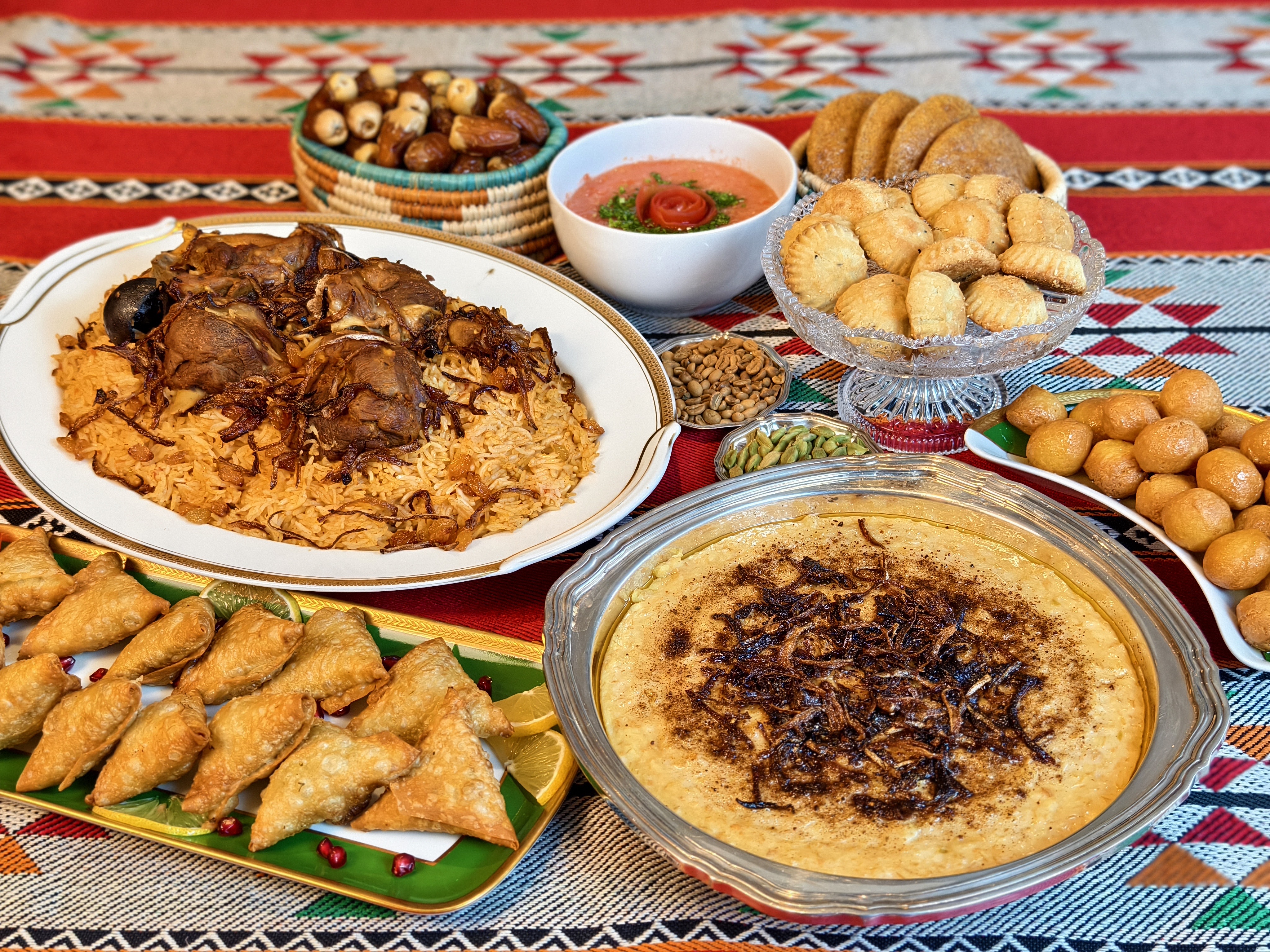
Key Representative Dishes
“Kabsa” is the most famous and popular Saudi dish. It is made from basmati rice, meat, vegetables, seasonings and spices. Kabsa spices are its main ingredient. Spices and seasonings are what give Kabsa its distinctive, delicious taste. Among the mixture of spices that is added to Kabsa are black pepper, cardamom, saffron, cinnamon, cloves, dried lemon, bay leaf, and nutmeg. All types of meat such as lamp, beef, chicken and camel as well as seafood go well with this seasoning.
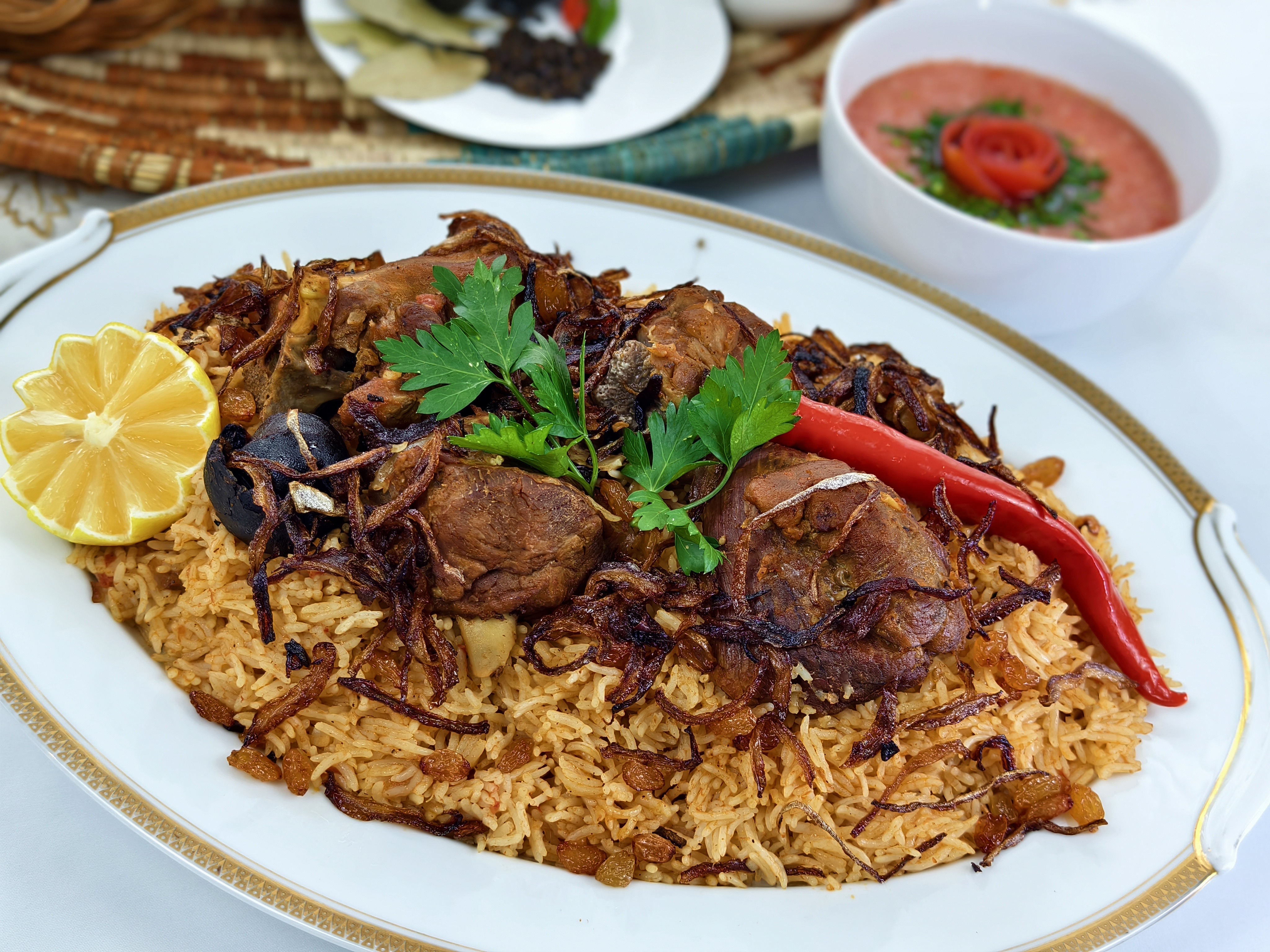
For all Saudis, “Mufatah” is considered a main meal on important occasions such as Eid days and weddings. This dish symbolizes Saudi generosity and expresses the appreciation of the guests, as it is served during visits of family and friends. A Mufatah meal consists of whole lamb. After it is cleaned and the entrails are removed, the meat is seasoned and cooked for several hours with rice in a pot called as Mandi and then served on a large plate decorated with spices, boiled eggs, liver, some pasta, cinnamon and pepper.

Kathleen Pokrud 149 Posts
In the business community, she serves on the Board of Directors with the Thai-Hong Kong Trade Association. Kathy is on the Thailand Tatler Magazine Expat Society The 200 List. She is the Honorary Columnist and contributing writer to a few leading English magazines. She and her husband, RADM Dr Boonyarit Pokrud have one son who is currently based in Boston, USA.




